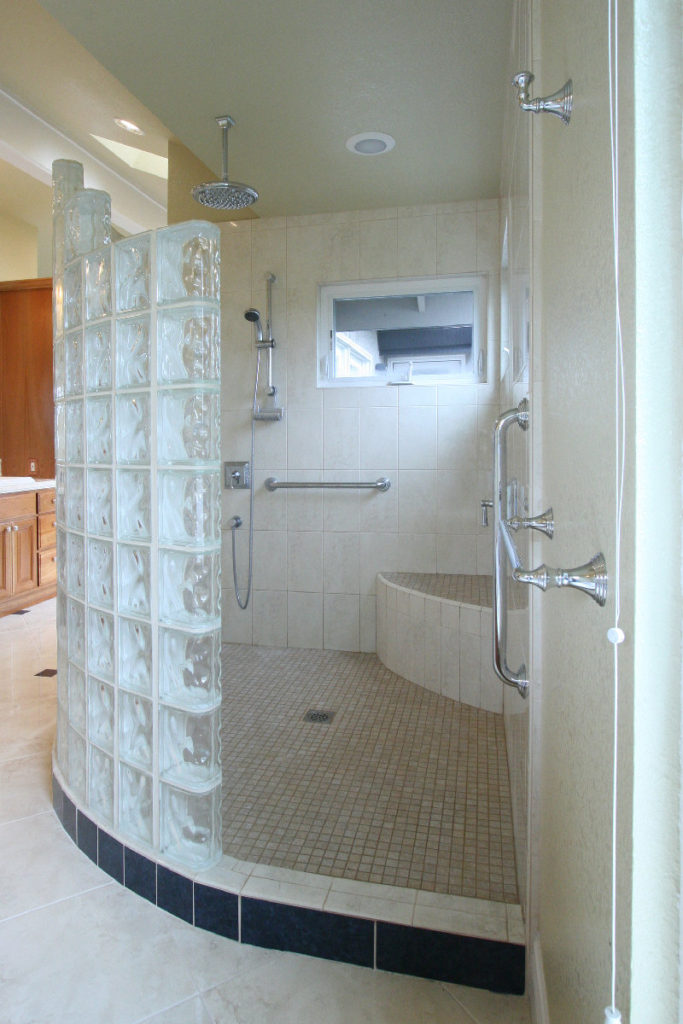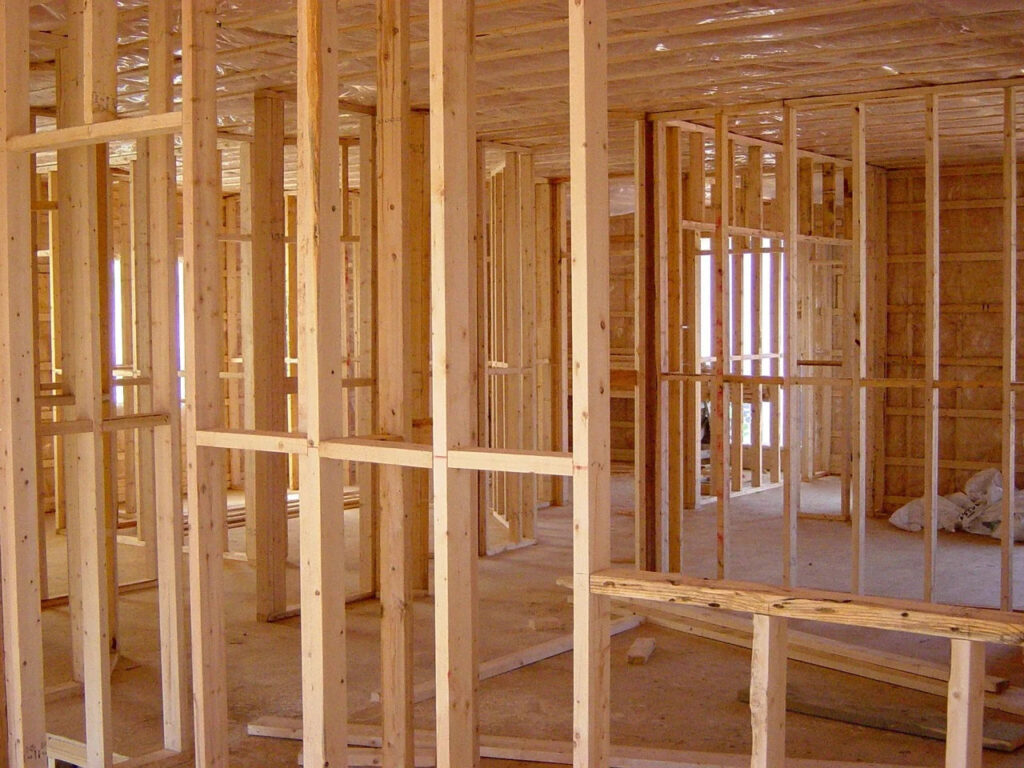MedicalAlertBuyersGuide.org is an independent review site. We may earn money when you click on links on our site. Learn More
How To Plan the Aging-In-Place Remodel
Here we review the elements of remodeling a home to age in place, from the nuts and bolts of the material changes, to the ways to get help to finance the costs.
The overwhelming trend in America for seniors is to age in place in their own home, rather than move to a facility of some kind. This will typically mean that some modifications will need to be made to the house in order to accommodate a person increasingly frail and prone to injury.
To make the house a friendly home to a senior rather than a harmful opponent, some measure of remodeling and renovation is usually called for. This can all take time and it can all take money. But with smart planning and the assistance of resources available to seniors, it can all be managed.
From the federal to the local level, financial support to remodel a home is often available. And there are numerous volunteer programs – probably in your own town – that exist to help seniors with all phases of their life transitions. All of these measures can make aging in place an affordable proposition.
The Remodel

The main objective the age in place remodel is to ensure safety and convenience, making the house a slow-impact as possible. You especially want to eliminate trip hazards and guard against falls and other accidents. Some of this involves movable items such as rugs and loose power cords and removing furniture that is hard to steer around.
Hardware fixes include adding lighting to dark areas, installing voice-activation to lights and locks and other devices, and adding grab bars to a shower. More extensive alterations might include a walk-in tub and complete bathroom remodel, and widening doorways to accommodate a wheelchair or a caregiver helping someone to walk.
There are extensive checklists put out by agencies and organizations to guide you in the remodel – the thinking has already been done for the most part. AARP has a good checklist as well as other resources to help prepare the home – and self – for older age.
Lifestyle

Lifestyle is something to think about also in the planning process. With over 1 in 4 Americans living now in a multi-generational situation, consider if a younger family member may end up moving in to help as you age – or if you are that younger member considering how best to help an aging relative.
In the case of adding people to the living quarters, numerous factors can come into play, from buying a more suitable family home, to adding an extra dwelling to the property. See our post on multi-gen living for an introduction to this option: Three or More Generations Can Share the Same Home and Be Happy.
Making it Happen

The alterations to your home may range from small and affordable to larger and daunting in terms of cost. Working out a plan for the ideal configurations will make it easier to break the plan into sections and decide on how to finance them. And the good news is that there are many resources available for aging people to seek financial assistance for aging in place.
Medicare and your state’s Medicaid agency may be able to pay for assistive equipment (beds, walkers, etc) as well as assistance for home renovations, and perhaps even caregiver respite help and other assistance. Explore these avenues thoroughly.
Veterans may get assistance through organizations such as Homes For Our Troops, or through other grants offered through the Department of Veteran Affairs. Other federal agencies may offer loans and grants – the Dept. of Agriculture, for example, offers its Section 504 home renovation program for the elderly.
America is a volunteering country, and many organizations aim to help the aging population, including NeighborWorks, Rebuilding Together and Habitat for Humanity. Organizations like these can also put you in touch with volunteers to help with meals and cleaning.
Many people will be able to finance themselves through the remodeling process, either through a home loan or savings. If a family member becomes a caregiver, or a live-in help, be aware of the tax and benefit implications. Similarly, if generations are merging, with some working and others not, and especially with inheritance or joint ownership to consider, professional financial advice may form part of the overall planning process.
The important keys are to research extensively, to envision realistically and to plan well ahead of time, for the best results.

